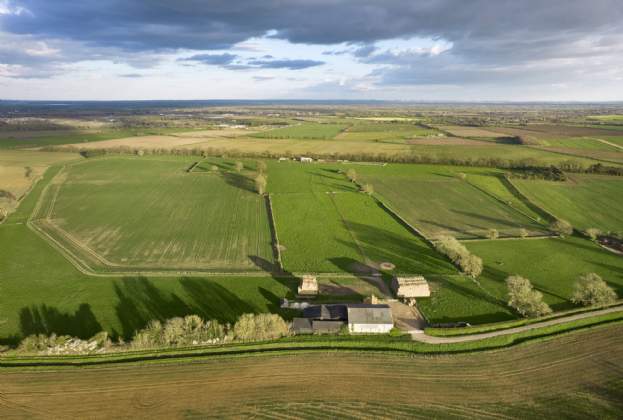Back in 1997, when the first farmers’ market set out its stall in the UK, the idea of producers getting together to sell their goods to local people could not be faulted. But do these markets still play the same role in supporting small farmers and supplying consumers with what they really want?
In the intervening 21 years, food markets have come a long way. Innovative enterprises with a strong social media presence offering street food and artisanal produce have found their way into customers’ hearts. A quick look at Google search terms bears this out. Over the last decade, searches for farmers’ markets have dropped by 54 per cent while those for street food have increased by 475 per cent. There are now double the number of searches for street food over farmers’ markets. And the evolution of the sector is not going to abate. I’m off to Scotland, for example, to explore the idea of a new food hall, a mix of market and retail along the lines of the Time Out Market in Lisbon.
So how are traditional farmers’ markets faring in comparison? It’s a bit of a sad story for many, with dwindling returns, reduced footfall and shrinking stall numbers. The exception to this has been in the South East and London, but even markets in these affluent areas are under pressure.
These outlets do still play a role for farmers looking to add value though. I've been working with Old Hall Farm in Norfolk who are developing a raw milk business. They have found farmers’ markets invaluable for product testing, developing contacts and gaining customer feedback.
This is not an isolated story which leads me to wonder why farmers’ markets are struggling. Having talked to a lot of market managers and stall holders, I feel there are two fundamental issues.
The first is that markets fail to focus on the customer enough and to provide them with a real experience. Secondly, many markets have adopted a protectionist approach to stall selection, allowing only one vendor of a type.
This lack of opportunity is putting off keen young businesses which often have great ideas for promoting the venue. They quickly move on to find other operators more open to them getting involved.
We need to find ways of making these markets accessible for young farmers and food innovators who will restore energy and passion. Someone who is happy to sit on a market for years and sell a couple of hundred pounds of stock every month may have run out of those?
Hard decisions will have to be made to reboot for the future. In 1997, the farming industry was suffering under the weight of Foot and Mouth. The pressure Brexit is going to place on agriculture over the next five years could see the farmers’ market become a critical tool once again.
Further information
Contact Savills Rural Services




.jpg)
.jpg)
.jpg)


.jpg)
